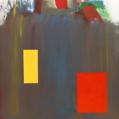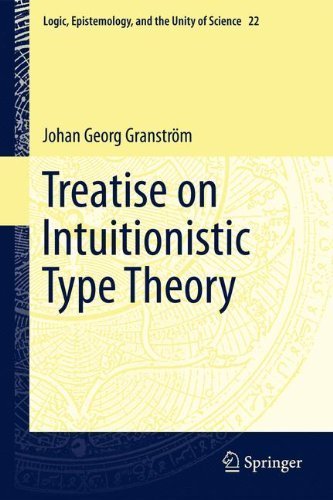gesang reviewed Treatise on Intuitionistic Type Theory by Johan Georg Granström (Logic, Epistemology, and the Unity of Science, #22)
Scholasticism is not dead
5 stars
Sure, scholasticism is not dead, we still have so-called neo-scholasticism and Thomism is a powerful force in analytic philosophy, but the original spirit of scholasticism, the scholasticism that corresponds to the age of great Gothic cathedrals, that utilized the most recent devices at hand, and was in touch with the Sciences in general, seems quite dead. Thought it should also be kept in mind that phenomenology branched out from the scholastic background of Brentano, and Peirce was an ardent reader of the scholastics. Cantor, when arguing for his theory of actual infinites, engaged mainly with the scholastic philosophers. This little treatise, in the guise of constructive type theory, actually indicates that the scholastic method is finally coming back. Citing Aristotle, Aquinas, Duns Scotus, Boethius, Cajetan, etc., with a clean, rational, and no-nonsense writing style that never tries to obscure, utilizing logical method as it should have be utilized - in contradistinction to Anglo-Saxon analytic philosophy - by, say, Abelard and Ockham, never blinding itself to new methods and machineries invented, reunificating the sciences developed by Frege, Peirce, Hilbert, Gentzen with the nearly forgotten (by the contemporary philosophers) authors of the middle ages and the Baroque ages, indicates that scholasticism is coming back. This time its center being in the low countries and the northern Europe. There's a structural similarity between the constructive tradition initiated in its full-blooded form by Brouwer and the culminating form of German idealism that is exemplified by Rudolf Steiner, Schelling, Whitehead, Peirce (though the latter two were not German idealists). A re-conceptualization of the continuum, together with a revolution in logic in terms of geometric logic is dawning. The nextg great scholastic synthesis is gradually taking shape.

